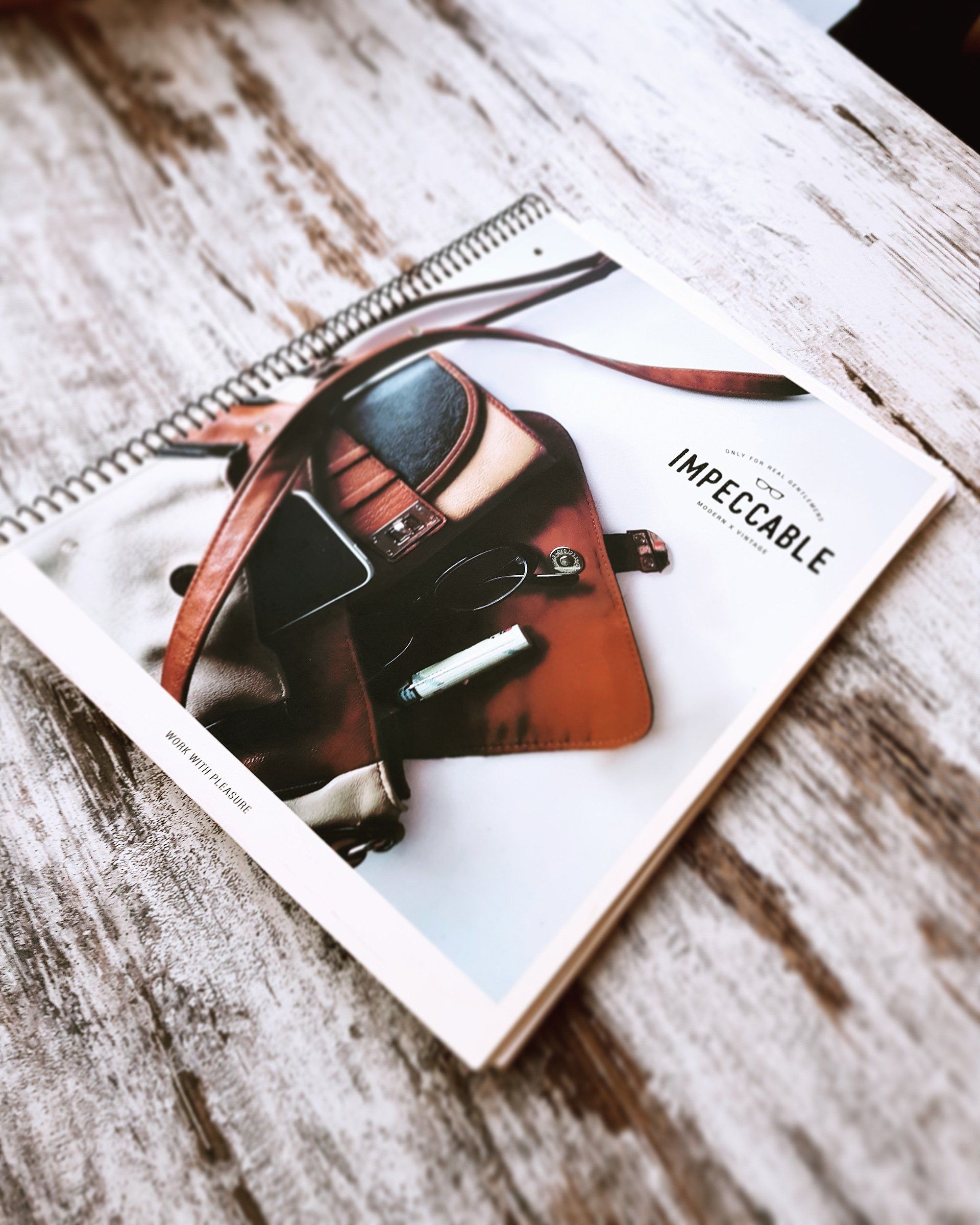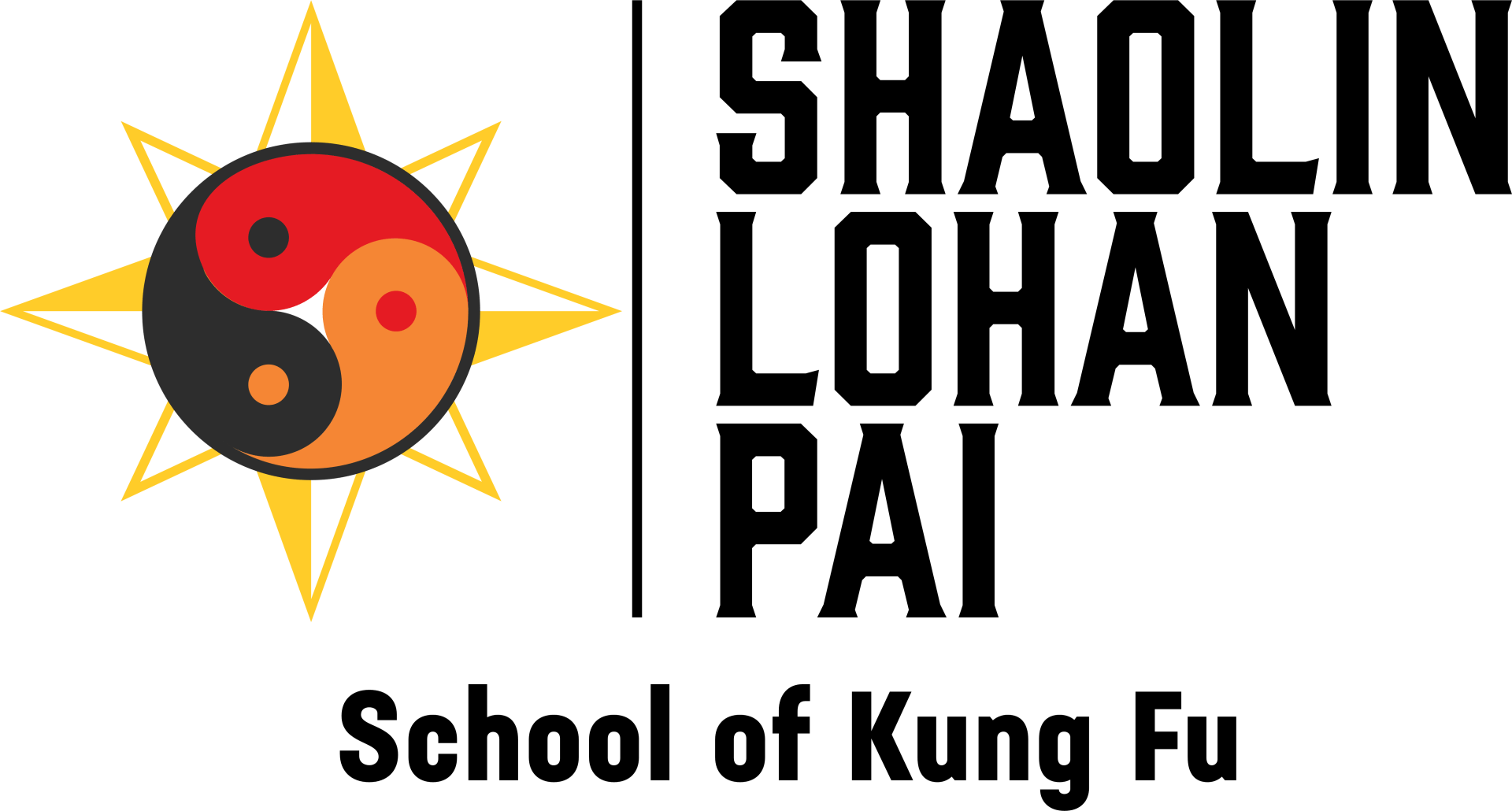Like many other people interested in the martial arts, I am sad to say my martial arts experience began with 4 years of Tae Kwon Do. I chose Tae Kwon Do for one simple reason: it was the only martial art available in the area. I was tired of team sports. I was tired of the competitive pressures that encompassed the game - the constant arguing and comparing among team members. I wanted an activity where the only limitation and boundary to progress and development was myself. I felt martial arts were a very appropriate activity for this type of environment.
Martial arts also presented the universal challenge every martial artist has asked themselves at one time or another: how good am I, and how good could I become? In other words, what was my potential, and did I have the mentality required to realize this potential? In essence, for me, martial arts presented the ultimate personal challenge; a true test of patience and athletic ability. I always felt like I was in decent shape. I lifted weights in the gym 3 or 4 days a week, and ran cross- country from time to time. I had always demonstrated some athletic ability, but was never sure how much of my ability was really luck, and how much credit I deserved for my performance. The martial arts are different. There is no luck in development. Either you develop, or you waste away. No one wakes up one day and effortlessly runs a 5-minute mile. Needless to say, some people are more gifted genetically, but even the genetically gifted have to realize their own potential through work and practice. They just have more potential for development. I have never felt genetically superior to anyone in average physical condition. I have always been the one who had to work for their talent.
My interest in martial arts stemmed from my curiosity in myself. What was I capable of? I had never felt satisfied with being average, and felt I could make good progress in a martial art. Tae Kwon Do presented something of a challenge; I had to learn to move my body in new ways and had to develop more physical coordination. I remember the first time I learned a sidekick. I fell in love with the motion; I felt like I had suddenly become more powerful from learning the kick, and what was best of all, I had always been capable of the kick but had just lacked the knowledge of its motion. This interest kept up for approximately 1 year. About this time, I began noticing that some of the other students in the class were progressing at the same rate I was, and that they demonstrated little or no talent whatsoever. By the time I reached black belt (3 or 4 years later), I couldn´t believe that some of the people testing with me were supposed to have the same degree I was receiving. It was then that I decided that Tae Kwon Do was definitely not the martial art for me. There were no limitations that "weeded out" the people who were not serious. Anyone who stayed in long enough and paid enough money could reach a very high level in the art.
Another aspect of the art that disturbed me was the comparison of Tae Kwon Do with other arts I saw in movies. Jet Li and Jackie Chan - I was extremely impressed by their movements and physical adeptness. The more I watched them, the more interested I became in Kung Fu. I desperately wanted to find a school that taught any form of Kung Fu. Kung Fu had a mystery to it. All the old Chinese men doing their animal movements seemed silly at first, but I was willing to give it a try if I could learn the "cool" material I saw in the movies. The first Kung Fu school I visited was one in a small town where I was doing an intern. During the 8-month intern, I learned some Southern Shaolin. It was completely different from Tae Kwon Do in many aspects. The movements were much more fluid and the stances were much lower. I thoroughly enjoyed the time I spent at the school. Most of the time, my instructor would watch me and merely say, "You are way too stiff". I got really tired of hearing those words. After my intern was over, I went back to Missouri to continue school. It was in Missouri that I found exactly what I was looking for: the Shaolin Lohan system. I remember watching a novice class doing horse stance and thinking, "I would surely have more self discipline than them". I watched as many of the students remained in the low stance until their legs gave out. I was glad to see that the art required more than attendance for advancement. I remember my first Sihing saying to me, "I can´t believe ANYONE would want to join this school after watching a class." This was exactly what I was looking for - serious people doing a serious art. This art presented a mental challenge as well. In fact, the more I studied at the school, the more I realized my boundaries were mostly mental. My body refused to obey my brain. In order to reach a higher level in the art, I would have to train my mind to dominate my body and my will. This barrier surfaced in nearly every activity the school had the students perform. How far could you push yourself? There was always ample opportunity to find out.
One of the ultimate challenges presented to the students is a strength requirement of 1 hour of continuous horse stance. No one in the school to date had achieved this requirement (except Sifu). It required extreme mental discipline and physical strength. To me, it was the ultimate challenge. After a year in the system, I decided to try to pursue this goal. I cannot count the number of hours I have stood in horse stance, but every second of it was agonizing. It is by far the most painful physical activity I can think of. And the more I stood in horse stance, the more I realized that my brain was simply too weak to make my body obey it. Once again, a physical challenge turned into a mental challenge. Did I have the potential to do this? Yes. Did I have the patience to learn how? That remains to be seen.
One of the first forms I learned in the system was (most of) a tiger form. This form also became a mental challenge for me. The only way to complete this form in the required amount of time is to put on the spirit of the tiger mentally. The series of movements can be completed by using only physical ability, but to do the form correctly and up to speed, physical ability is not enough. It was this "mental element" in the system that I grew to love. I felt my brain developing as well as my body in many respects. I learned to trust my Sifu. I knew that if he ever asked me to do something, it was because he knew I was capable of doing it, and was also ready for it. I remember one of the last classes I had with Sifu. He asked me to run forwards and do a back flip. I only considered it for a moment: I knew that I could do it if he had asked me to. Needless to say, I failed to complete the motion successfully and landed on my neck. Would I do it again? Absolutely. How did I develop this trust? By finding the truth in what Sifu said during class. The only way I could convince myself that what he was saying was true was to try it.
I have been to a few schools since I left Missouri, and none of them have the "mental element" I so desperately seek in a school. I miss the daily anticipation of class and daily training at the kwoon; the unlimited boundaries I could cross and go beyond given enough time. I hope to one day return to Missouri and continue training with my Sifu. For those of you that are within commuting distance of the school, I encourage you to explore your limitations and expand them through your attendance of the classes at the Shaolin Lohan School of Kung Fu.
-Nelson Day-



